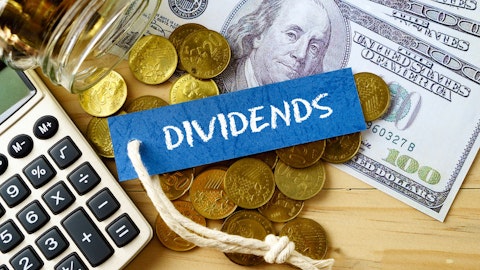These 16 poorest neighborhoods in America are very far from achieving the American Dream.
In fact, they are quite the opposite. These are neighborhoods with extremely high unemployment rates and infested with crime and drugs, yet too poor to afford law enforcement needed to solve those issues. Hardly what the Founding Fathers had in mind or when the poet wrote: “Give me your tired, your poor, your huddled masses yearning to breathe free.” So, how did this happen? How did it come to pass that in the richest country in human history there are people living in conditions similar to those in a third world country, in small towns that are resembling those we see in documentaries asking us for international aid, abandoned by all who had even a hint of possibility elsewhere?

Copyright: meinzahn / 123RF Stock Photo
As usual with complex problems, there isn’t a simple answer to that question. Some of the poorest neighborhoods in America were always poor, like Blackwater. Some would even go as far as to say they are poor by design. Some haven’t been really poor, but then the economy changed and jobs vanished overnight, leaving the population stranded like a ship in low tide. The difference is, in few hours, the tide will return, but in many cases, jobs are already in China, performed by a much cheaper workforce. Other poor towns were based on a sole commodity, often a mining resource like coal or gold, and when those ran out, so did the prosperity. Add the disastrous effects of the 2008 economic crisis to the mix and it gets really easy to see why a single reason can’t be pinpoint for the poverty that is ravaging these neighborhoods.
What is even more baffling is the question why people stay in these towns. Chris McGreal of the Guardian did an excellent mini-series on four of the poorest towns in America (all four appear on our list), which offers great insight into why people stick around and not move away, like so many of their former neighbors. Whether it is a fear of change, unwillingness to uproot oneself and one’s family or good old-fashioned pride (or stubbornness), people living in these neighborhoods cling on to their homes, regardless of how difficult living is or if their town is among the Most Dangerous Neighborhoods in America.
We used data from American Community Survey of United States Census Bureau in order to rank the poorest neighborhoods in America. The population limit we decided was the best is 1,000 residents, since anything smaller than that can skew results significantly and leave too big of a margin of error. We also omitted all university towns from our list, as they aren’t really neighborhoods in the sense we are looking for. Here is what we came up with.





